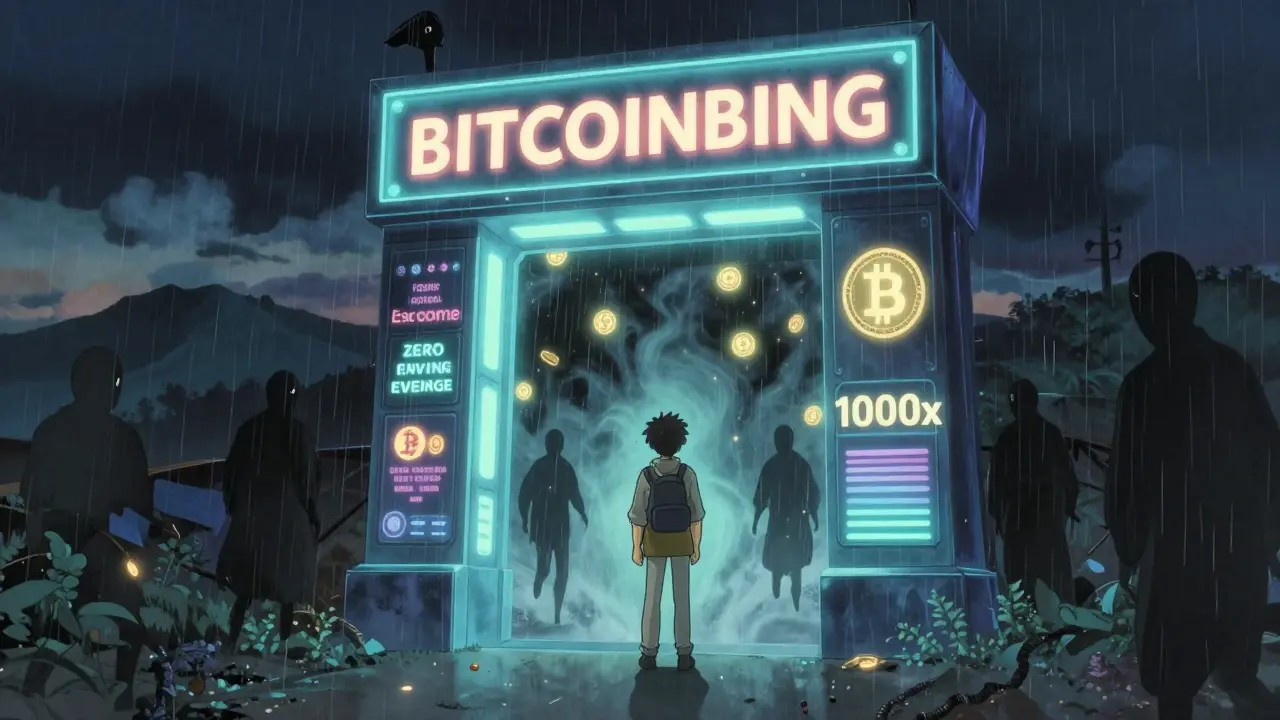Trustless Bridge: How Assets Move Across Blockchains Safely
When working with trustless bridge, a technology that lets users move tokens between independent blockchains without relying on a central custodian. Also known as trustless cross‑chain bridge, it enables seamless asset migration while keeping custody in the user's hands. A cross‑chain bridge, the broader category that includes both trustless and custodial solutions requires smart contracts to lock assets on the source chain and mint equivalents on the destination chain. Those smart contracts, self‑executing code that enforces the bridge's rules without human intervention, act as the trust engine, guaranteeing that tokens are only released when proof of lock is verified. To make the moved asset usable on the target chain, many bridges create a wrapped token, a representation that mirrors the original token’s value and properties, allowing DeFi apps to interact with it as if it were native.
Key Components of a Trustless Bridge
The core of any trustless bridge is a set of smart contracts that enforce lock‑mint cycles. First, the user sends their original token to a contract on Chain A; the contract records the deposit on an immutable ledger. Next, a validator set or a decentralized oracle confirms the event, and a counterpart contract on Chain B mints the wrapped token that represents the locked asset on the new chain. When the user wants to move back, the wrapped token is burned, and the original contract releases the locked tokens. This lock‑mint‑burn‑release loop forms the semantic triple: "trustless bridge enables cross‑chain asset transfer," "cross‑chain bridge relies on smart contracts," and "wrapped token facilitates interoperability."
Security comes from the fact that no single party can cheat: the smart contracts are open‑source and audited, and the validator set is often chosen by a staking mechanism or a reputation system. Projects like Wormhole, Axelar, and LayerZero showcase different designs—some use a network of relayers, others employ threshold signatures. The diversity of approaches means you’ll see bridges that specialize in fast finality, low fees, or support for specific token standards such as ERC‑20, BEP‑20, or even NFTs. By understanding the underlying design, you can pick a bridge that matches your risk tolerance and performance needs.
Another crucial piece is the decentralized finance (DeFi), the ecosystem of lending, borrowing, and trading protocols that rely on interoperable assets. Trustless bridges unlock new liquidity pools by allowing assets from one chain to be used in another chain’s DeFi markets. For example, a Bitcoin holder can lock BTC on Bitcoin’s native chain, receive a wrapped BTC (WBTC) on Ethereum, and then supply it to a lending protocol to earn yield. This cross‑chain liquidity flow dramatically expands capital efficiency and creates arbitrage opportunities that keep markets balanced.
Implementation details matter, too. Some bridges require users to pay gas on both chains, which can add up during network congestion. Others employ relayer fees or use layer‑2 solutions to cut costs. Choosing a bridge with low gas consumption—like those built on Optimistic Rollups or using fee‑less verification methods—can preserve the value of smaller transfers. Keep an eye on the bridge’s fee structure, as hidden costs can erode any arbitrage gains you might be chasing.
Regulatory outlook is shaping bridge development as well. Authorities are starting to treat wrapped tokens as derivatives, which means compliance checks may be baked into bridge contracts in the future. Some projects are already integrating KYC/AML modules for high‑value transfers without sacrificing the trustless nature for everyday users. Understanding how a bridge aligns with emerging regulations can help you avoid sudden freezes or asset seizures.
In practice, you’ll find the bridge ecosystem reflected across the articles on our site. We cover token‑specific bridges like Wrapped Mantle (WMNT), deep‑dive analyses of modular blockchain architecture that influence bridge design, and security reviews of cross‑chain platforms. Whether you’re a developer building a new dApp, an investor looking for yield, or just curious about how Bitcoin can show up on Solana, the posts below give you actionable insights and real‑world examples.
Ready to explore the full range of trustless bridge topics? Below you’ll find detailed guides, token reviews, and security assessments that dive into the mechanics, risks, and opportunities of moving assets across chains without surrendering custody.







